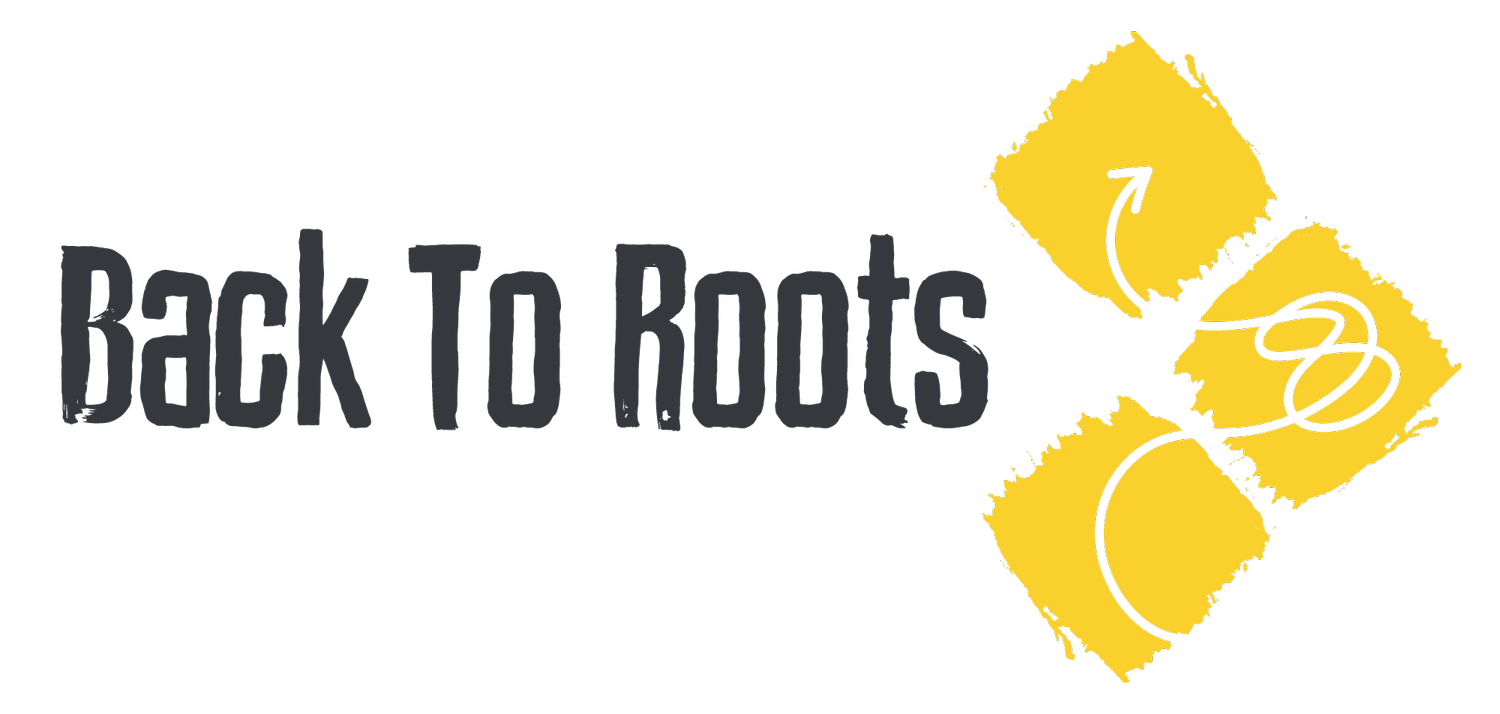Whole and minimally processed food; Process that...
Figure 1: Processed food, is it all bad?
Processing is absolutely neccessary with a lot of foods. Cooking is a process. When does processing become a problem and where do we draw the line?
Cooking is a method of making foods more bioavailable than they are raw, as well as reducing the risk of bacterial invasion and often we cook as it simply tastes better. As with anything, we require balance to how far we can take processing. If the food is totally unrecognisable from what it originally was then this might be inappropriate and what we want to avoid. It is relatively easy to apply this rule when considering how vegetable oil is made.
“Cooking is processing food, by increasing its bioavailability, safety and taste”
First an oil is extracted by crushing the seeds of a crop, commonly rapeseed, soybean, corn or sunflower seeds. Next the oil undergoes 'solvent extraction' (using petroleum-derived Hexane) which is cheap and produces higher yields. Then the oils need to be hydrogenated making them more resistant to turning rancid, margarine for example must not melt at room temperature (32 celsius) but does at 37 so as not to feel 'lardy' in the mouth. This is done by raising the oil to very high temperatures and introducing Hydrogen. These temperatures cause Carbon atoms to break double bonds with other Carbon and form single ones with Hydrogen which essentially makes them more stable, solid at room temperature and have a higher smoke point. At this point the oil has to undergo deodorisation to rid it of impurities and unwanted odours. To do this the oil is heated under a vacuum and water is added underneath the oil. The high temperatures convert the water to steam instantly causing bubbles to rise through the oil - attracting water soluble chemicals (the unwanted odours) with them. It is this step that also lightens the colour of the oil that supermarkets so desire.
“Vegetable oil undergoes ‘solvent extraction’ using PETROLEUM-derived Hexane”
Figure 2: Marketing strategies often present us with images of the original crop and final product to appear 'authentic' and 'wholesome'. The underlying message however is that the final product is unrecognisable from its original crop so they want to draw the connection.
The final product we see is the vegetable oil or a solid version like margarine (the so called trans fats) that were largely touted through the 80s as more 'healthy' than saturated (animal) fats, a statement now known to have been lethally incorrect 1 . That debate is beyond the scope of this thread, the takeaway here however is the extent of the process disconnecting the initial and final product.
OK, the excess vegetable oil processing is an obvious enough rule of thumb to try and avoid. However, as with everything, it starts to get grey when we apply that excess 'processing' rule across the board. Lets take protein powders as an example from 'The Lean Muscle Diet 2 '.
Most [protein powder] are made from milk proteins, but they don't look or taste like milk, and the proteins are typically separated. So while dairy protein is 80 per cent casein and just 20 per cent whey, the protein supplements you buy are far more likely to be all or mostly whey. Moreover the least essential part of the milk - a sugar called lactose, which is problematic for many- is usually removed. What you have left is a highly processed nutritional supplement with a long list of proven or proposed health benefits. The main one is its role in supporting muscle and is why most of us use it. Recent research shows that whey may also help with weight loss, blood-sugar management, and disease prevention 3,4,5,6 .
So far we have discussed two fairly comprehensive forms of food processing, one proven beneficial over 4,5 and over 6 , the other un-questionably contributing to serious public health crises'1. Where does one draw the line with regards to whether food processing is or isn't part of a healthy lifestyle.
Figure 3: Cooking, the ultimate processing
The reality is that there is no evidence that processed or artificial foods are necessarily less healthy than natural foods. There is also no definition of what consititutes a "processed food". Whey, as discussed has substantial health benefits and is heavily processed.
“Rule of thumb: whole or minimally processed foods, basically not classic junk foods”
Our Rule of thumb is therefore "Whole and minimally processed foods" and what we actually mean is "foods that are not classic junk food" and these make up 90% of our daily eating.
Obvious choices: [shoot for 80% of diet]
- Flesh from land and sea animals
- Milk
- Eggs
- Nuts & Seeds
- Fruits & Vegetables
- Potatoes & Tubers
- Legumes including peas, beans, lentils and peanuts
Judgement-calls - those that have undergone some processing but still nutritious [shoot for 10% of diet]:
- Dairy products like cheese, yogurt & kefir
- Whole grains products like bread & cereal
- Refined grains like white rice & pasta - many of the 'Blue Zones' thrive on these
- Supplements with proven benefits, like Whey, soy and egg protein powders.
The other 10% of your diet can be whatever 'junk' or indulgences you desire, processed or not. Click here for a comprehensive, digestible article glittering with literature 'de-bunking' the concept of __________[fill in any 'junk' food] having directly negative health consequences, a fantastic read!
Not all bad news after all.
Whole and minimally processed food, now process that
:)
Luke R. Davies
REFERENCES
2. Aragon, A. and Schuler, L. (2014). The Lean Muscle Diet, Rodale inc, New York, USA, P.18.




